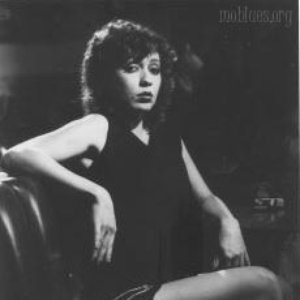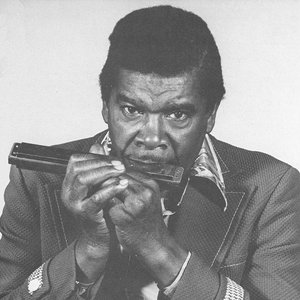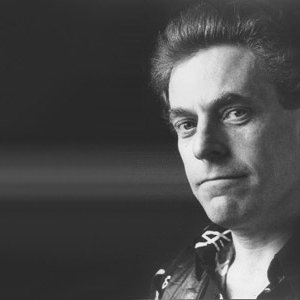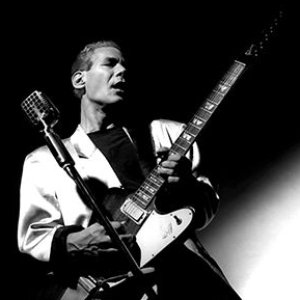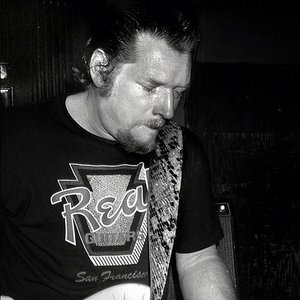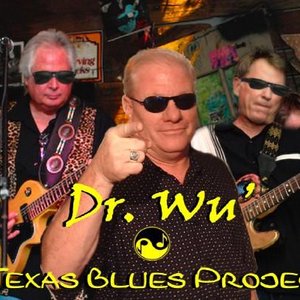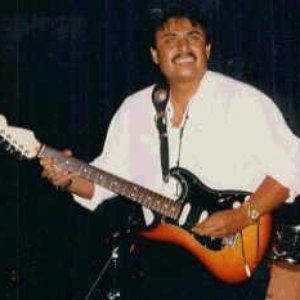Biography
For over 40 years, Marc Benno has been giving blues, rock and pop an unmistakable Texas flavor. A singer/songwriter who plays the guitar and piano, Benno is also a behind-the scenes force, helping some of rock and blues’ greatest talents sound even better. The list of legends he’s worked with includes The Doors, Eric Clapton, Lightnin’ Hopkins, Bill Wyman, Georgie Fame Rita Coolidge, Eddie Murphy and Leon Russell. Born in Dallas, Benno grew up immersed in popular music – his father managed the Texas State Fair’s Music Hall garden. Backstage, Benno met stars like Sam Cooke, Laverne Baker,Frankie Avalon, Paul Anka, the Drifters and Lloyd Price. But, the first album Benno remembers hearing was Lightnin in New York, by the legendary Lightnin Hopkins(rural-blues guitarist who lived in Houston.) Still in his early teens, Benno started his own regionally successful pop/R&B group, and in the mid-1960s headed to Los Angeles to further his career, a move he says put him “in the right place at the right time.” His blues background made him sought after by rock groups looking for some rootsy authenticity. One day, he was tapped to play on an album by the psychedelic rock greats The Doors. The sessions were for the classic L.A. Woman (1971), the group’s last LP before Jim Morrison’s death. “I didn’t know who they were,” Benno recalls. “But they needed someone who could play a bluesy, Texas guitar.”
He also recorded a pair of albums with Leon Russell as the Asylum Choir. Benno fondly remembers crashing in Russell’s closet, where a plethora of musicians would
hang out and jam. One of them was Eric Clapton, who played guitar on two tracks from Benno’s 1979 album Lost in Austin: “Last Train” and “Chasin Rainbows.”
“Clapton was a down-to-earth guy,” Benno says of the man nicknamed “God” by his fans. “Even though he’s from England, he reminds me of someone from Texas, so down to earth and humble and into the blues.”
With his career on the rise, Benno struck a deal with A&M Records in 1970 to launch a solo career. Within a few years, Marc Benno & The Nightcrawlers were primed to become the Next Big Thing, opening for Humble Pie and The J. Geils Band, and getting star treatment on tour. "I wanted to put together a blues band, and I knew the drummer had to come from Texas," Benno said, laughing. "So I put the band, Marc Benno and The Nightcrawlers, together with drummer Doyle ('Big Doyle') Bramhall, Billy Etheridge (keyboards) and Tommy McClure (bass). I asked Jimmie Vaughan to be in the band, but he said no, he just wanted to play blues, no rock. But he said, 'What about my brother?'"
Benno met Stevie Vaughan in 1969, before the "Ray" was added and while the future guitar ace was but a teenager sitting in where and when players would let him.
"The first time I saw him was at a club in Dallas called the End of Cole," Benno said. "He said, 'I want to sit in.' I said, 'I don't know…' He said, 'I'm Jimmie's brother.' I said, 'You can use my guitar.' But he told me he had his guitar. I think it was a 1950 Fender Broadcaster. He brought it in over his shoulder, no case. He wore a white T-shirt, Jeans, and was all of 100 lbs. soaking wet.
"I remember he was real smooth, but everybody screamed. I'll never forget that night. I happened to have a Sony mono cassette recorder with me and still have the tape of that night. When I ran into him in Austin in '73, I asked him to go to Hollywood to record with us. He was pretty hesitant. He went to Jimmie and asked his advice… Jimmie told him to do it!" Even then, Vaughan and a guitar were one. "Stevie never liked to put the guitar down," Benno said. "Being around him was like being around a basketball star with a guitar instead of a basketball. Stevie would walk around the house with the guitar. Whatever he was doing, whatever little chore, he had the guitar. I went through a phase where I slept with my guitar, but never like him. The things he could do with a guitar, he was like an acrobat." One of the Nightcrawlers was a young guitarist named Stevie Vaughan (he’d start using Ray later). “He didn’t sing - he’d just play the hell out of the guitar,” Benno remembers with pride.
However, the label had grown bearish on the prospects for blues-based rock. The multi-talented Benno could have easily shifted into a pop career, but he was committed to becoming an even better blues guitarist.
Artist descriptions on Last.fm are editable by everyone. Feel free to contribute!
All user-contributed text on this page is available under the Creative Commons Attribution-ShareAlike License; additional terms may apply.
